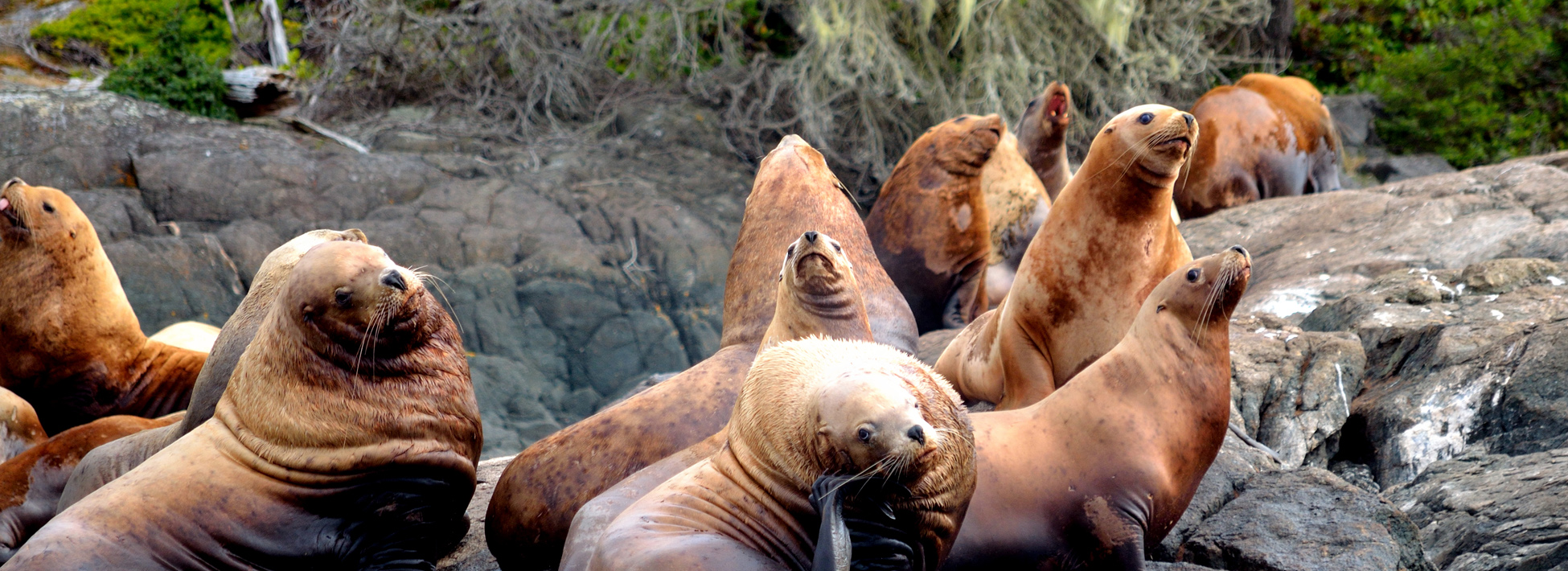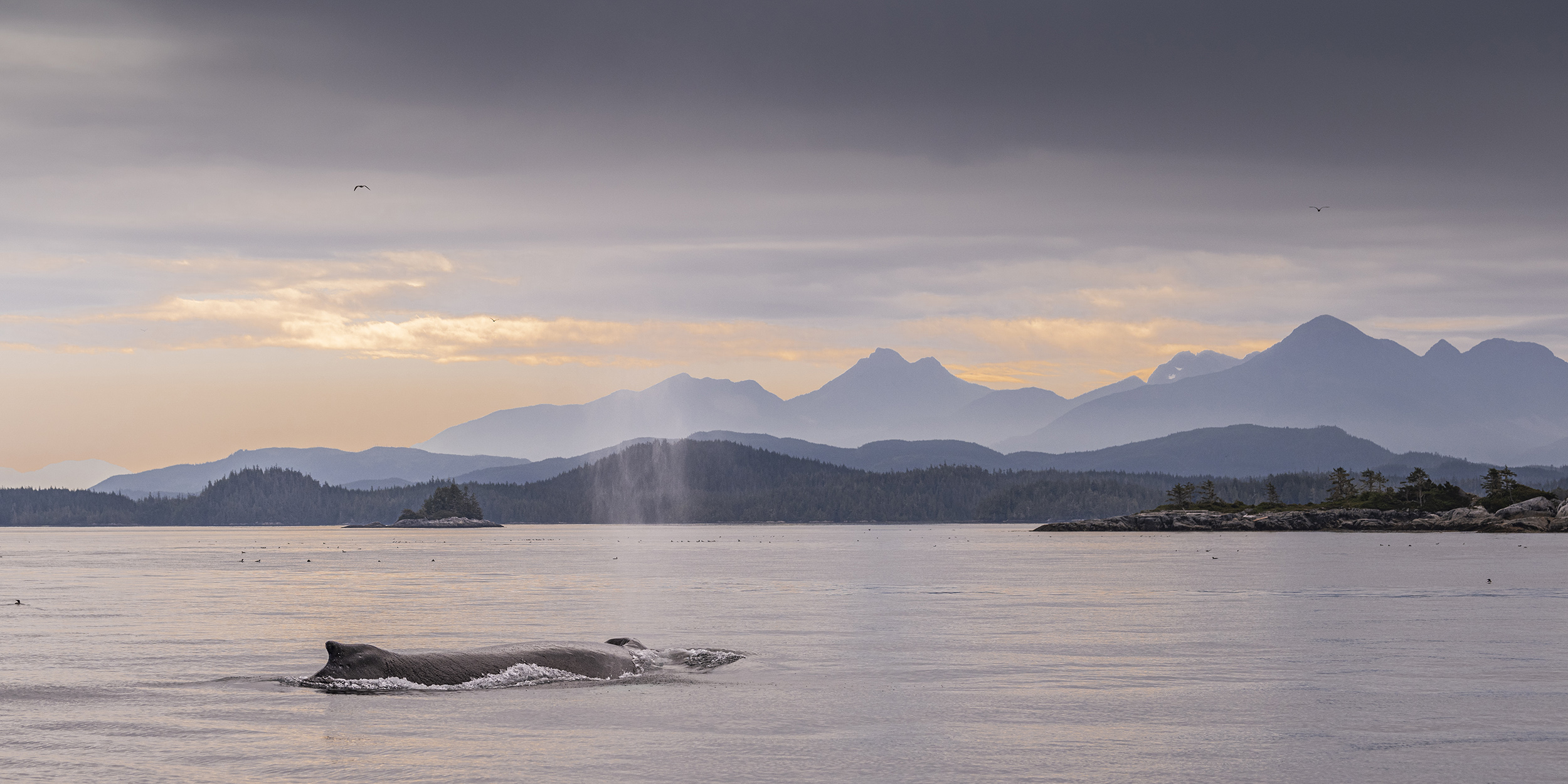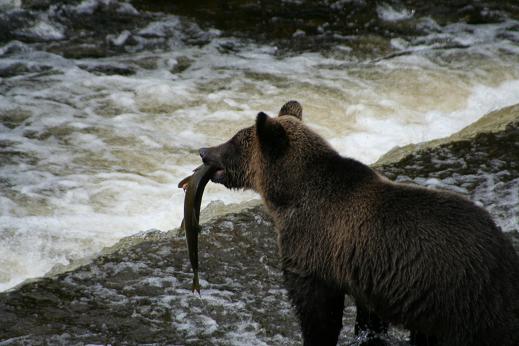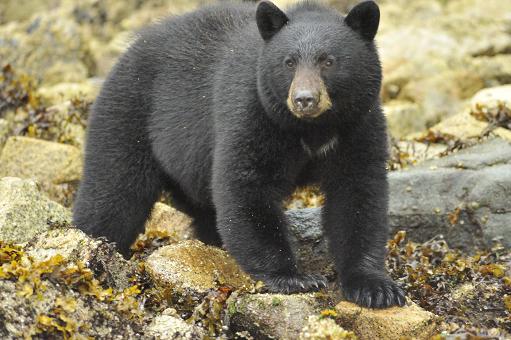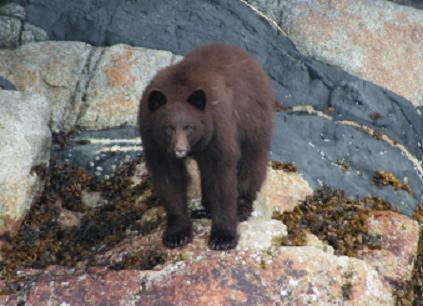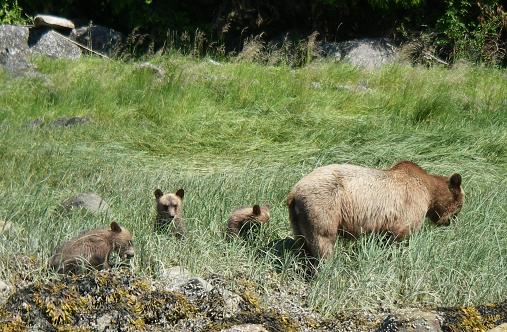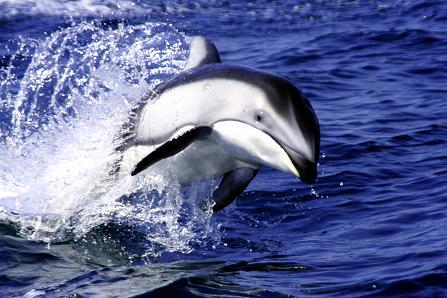
Two definitions for the same activity take your pick I know the one I like. In this case a pacific whitsided dolphin is porpoising.
From Oxford Journals “Porpoising is the popular name for the high-speed surface piercing motion of dolphins and other species, in which long, ballistic jumps are alternated with sections of swimming close to the surface. The first analysis of this behavior (Au and Weihs, 1980) showed that above a certain “crossover” speed this behavior is energetically advantageous, as the reduction in drag due to movement in the air becomes greater than the added cost of leaping.”
Or Porpoising Definition – Birding and Wild Birds – About.com (verb) The act of leaping in and out of the water in a short, shallow arc while swimming.
